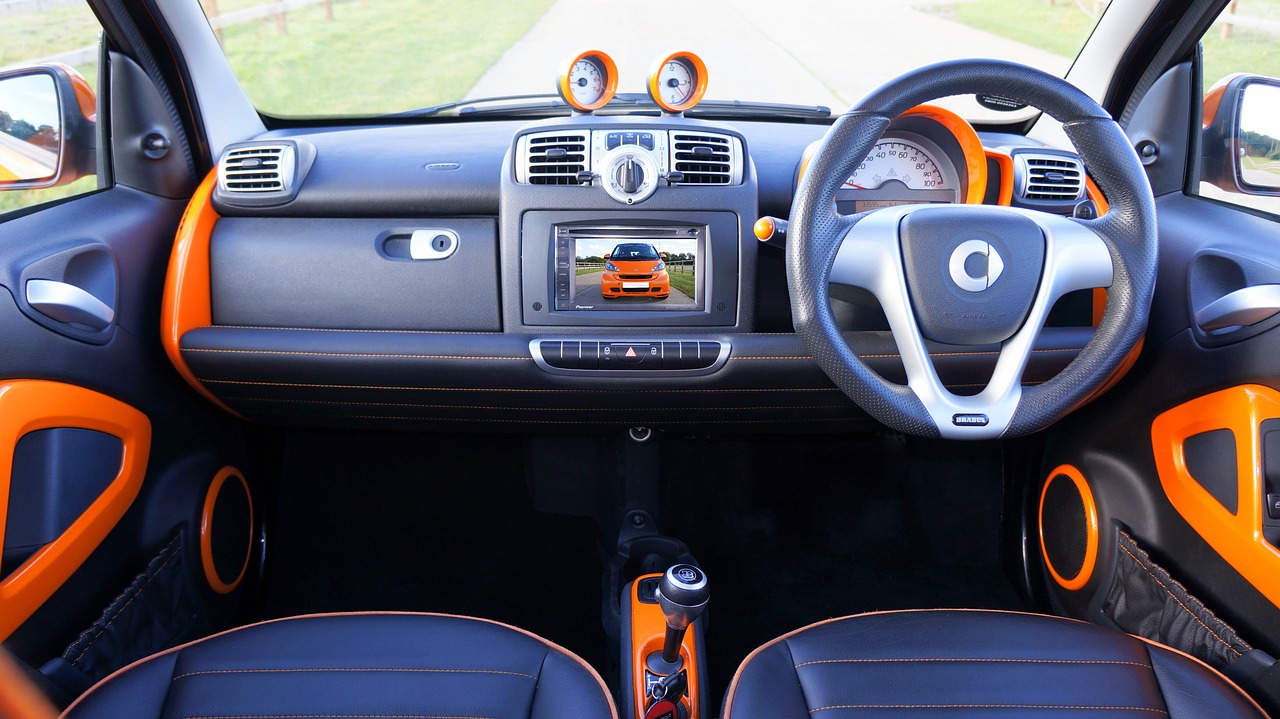
If you have seen the film “Transcendence” with Jonny Depp, you should be scared of a world, in which AI gets absolutely uncontrolled power. However, the world is developing, and every year we are filling our lives with the new technologies. Still, it is surprising and exciting to read about innovations. Technologies aim to make our lives more convenient and productive, so we can focus on the more important things which are needed to be done by ourselves only. All the additional extra work such as washing the dishes or the floor, searching for a restaurant or checking something on the Internet we can easily outsource to our smart devices. So what’s new in the technology world? We’ve collected a few trending technologies which are believed to revolutionize our lives in 2020.
Virtual assistants
In 2020 we are going to communicate with more robots than real people. Virtual assistants, chatbots, and smart agents are our reality now, and there are three main areas they are being used in.
In customer support, chatbots and virtual assistants answer questions and solve various problems of the existing and potential clients. In online shopping, they guide customers and help them find what they need. What’s interesting is that now virtual AI employes are in the workspaces too. Their goal is to increase the productivity of people working in companies.
By 2021 the number of virtual digital assistants will exceed the world population, according to the Bank of America. Robot assistants and AI technologies will be the biggest challenge for the HR function. According to the survey of KMPG, 3 in 5 HR leaders believe that the HR function will rapidly become irrelevant. Of course, in some areas, digital assistants wouldn’t be able to replace the professionals, areas that involve creative work – for example, acting or writing. So such companies like Essay Service Legal Company and others will continue their work without major changes.
Facial recognition ATM
Facial recognition technologies not only help to unlock your phone or find photos you are tagged in on Facebook. They are also developing in banking. The world’s first ATM with facial recognition technology was unveiled in China in 2015, and now banks all over the world are going to replace plastic cards in ATMs with this technology.
Such ATM is equipped with a camera, which checks the image of a user with her or his photo in the database. The system should be able to recognize faces, to determine whether the person is a customer or not, and to validate or reject the transaction. Using such technology, banks are aiming to transform their businesses and provide automatic, 24/7 accessible, transparent, and personalized service.
Smart cars
According to predictions, 75% of all the cars will be connected to the Internet by 2021, and driverless cars will enter the mass market. Google is already testing autonomous driving; new Tesla S is capable of automatic driving, the Mercedes-Benz has smart vehicles in the works, and BMW has made a head-up display that works as a navigator onto the front windshield of the car. The only question bothering experts: is it safe to have Internet-connected vehicles and to share the roads with driverless transport?
Li-Fi
Light Fidelity technology allows accessing the Internet via light bulbs. This wireless communication technology uses energy-efficient LEDs used to light rooms to transmit data. LiFi systems use visible infra-red light. Li-Fi products are already available for sale and being actively used by customers. Airlines are turning to LiFi as a potential solution for connectivity onboard their planes.
For Li-Fi to work, lights need to be on. Actually, this issue may disappear soon as many researchers are working on a DarkLight to encode data at darkness levels that are too dim to be detected by humans. Also, some LiFi solutions claim they work at light levels of 60 lux – the British minimum light level for reading is 400 lux.
3D Bioprinting
While 3D printers are entering the bespoke industrial market, the focus of developers is switching to bioprinting. According to HRSA, every day, 20 Americans die waiting for a transplant. That’s why humanity is working on 3D bioprinting to generate organs and biological material for use in surgery and healthcare in general.
Bioprinting uses biological material to create various parts of organs as close as possible to naturally occurring tissues. To bioprint tissues and organs, printers use bioink made of cells that can fuse together, this ink prints onto water-based gels that act as scaffolding where cells are placed as the foundation of the needed part. Then bioink prints by placing multiple layers using a digital reconstruction of the organ. 3D-printed corneas and liver patches animal testing has already taken place, and the first clinical trials on humans are expected to start by the end of 2020.







